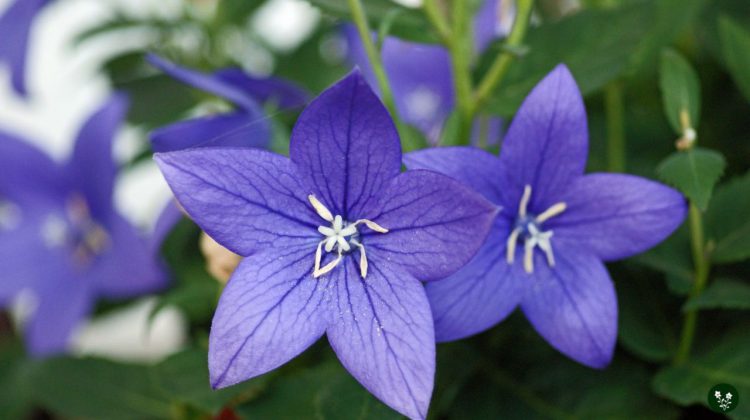
The balloon flower, scientifically known as Platycodon grandiflorus, is a perennial herb native to East Asia.
Noted for their distinct appearance, these unique flowers boast balloon-shaped buds that burst open to reveal beautiful star-shaped blossoms.
Beyond their visual appeal, balloon flowers carry symbolic meanings and cultural significance in various parts of the world.
In the Victorian era, these intriguing flowers symbolized endless love, honesty, obedience, and a desire for a friend’s return.
In Japanese culture, the five points of the star-shaped flower represent the five elements of the Tao.
Meanwhile, some European regions associate the balloon flower with the five senses.
As a popular ornamental plant for gardens in the United States, the balloon flower is a visually stunning addition to any landscape and a culturally rich symbol with various meanings across different cultures.
Exploring the significance of these captivating flowers sheds light on the fascinating world of botanical symbolism.
In this article, we'll cover
1. Origins of Balloon Flower
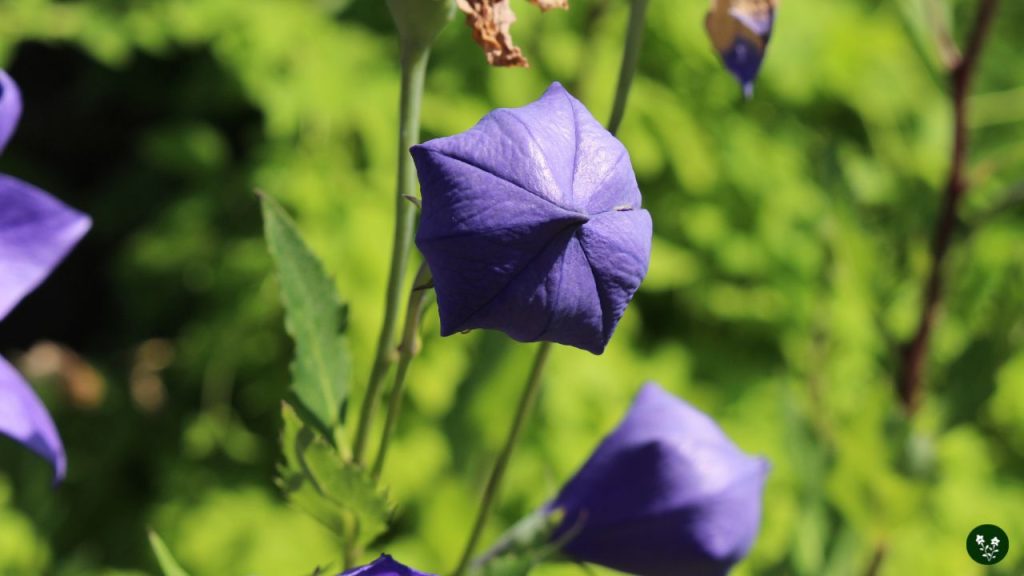
The balloon flower, scientifically known as Platycodon grandiflorus, is a unique herbaceous perennial plant belonging to the Campanulaceae family.
It is the only member of the genus Platycodon and is native to East Asia, specifically China, Japan, Korea, and the Russian Far East.
Named for its characteristic balloon-like flower buds, this visually striking plant has gained popularity as a garden ornamental and is sometimes used as a ground cover.
Its cultivations are mainly due to the plant’s hardiness and adaptability to various growing conditions.
In medieval Japan, the balloon flower held great cultural significance.
It was viewed as a symbol of magic and divination, and many essential clans used the image of the Japanese bellflower on their seals.
This rich cultural history inspired a folk song, the Toraji, about the kikyo, another name for the balloon flower.
Apart from Japan, the plant is also mentioned in Korean folk music, where it is called doraji taryeong.
This showcases the widespread appreciation of the balloon flower’s symbolic and aesthetic value in Asian cultures.
2. Symbolism and Meaning
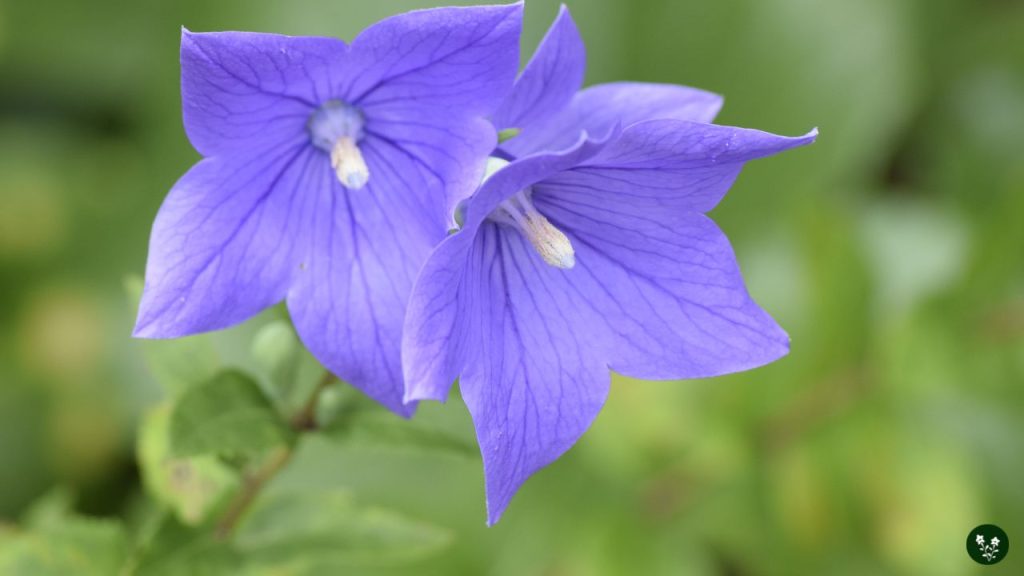
Balloon flowers are unique plants with beautiful features, which have led them to have deep symbolism and meaning across different cultures.
Cultural Significance
Originating from Asia, these flowers hold special importance in Eastern traditions.
The balloon flower, also known as Platycodon, symbolizes friendship, endless love, and honesty, making it popular for expressing warm emotions and promoting harmonious relationships.
In the Victorian language of flowers, the balloon flower carries an additional meaning of obedience, communicating loyalty and trust between individuals.
Spiritual Associations
The distinctive five-pointed star shape of the balloon flower is often linked to mystic elements, each point representing the senses and the divine.
The flower’s form is believed to possess magical qualities and indicates a connection with higher powers.
Furthermore, its star shape has been associated with royalty and status, signifying power and authority.
As one becomes familiar with the symbolism and meaning behind the balloon flower, its beauty takes on new depth and significance.
Appreciating these plants involves their aesthetics and the rich layers of meaning that have grown around them throughout history.
3. Color Meanings
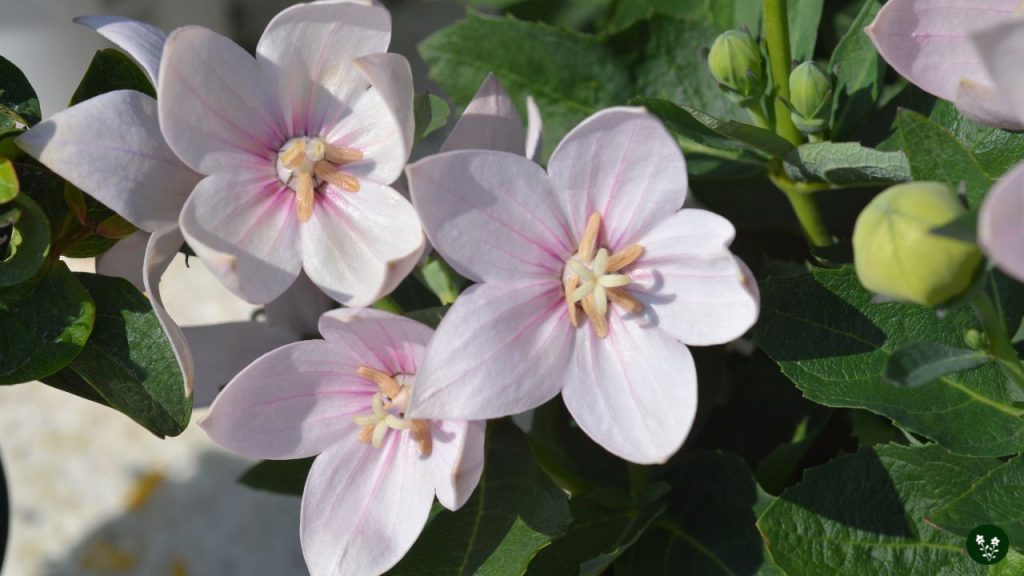
Balloon flowers showcase a range of intriguing meanings based on their color.
Blue Balloon Flowers
Blue balloon flowers, particularly P. grandiflorus, exude calming and tranquil energy. They symbolize commitment, peace, and trust.
Blue balloon flowers are the perfect choice for conveying feelings of loyalty and support.
Their soothing presence makes them ideal for expressing comfort and concern during grief or illness.
White Balloon Flowers
White balloon flowers convey a sense of purity, innocence, and reverence.
They make an excellent option for celebrations, such as weddings or christenings, where their gentle elegance adds a touch of grace.
White balloon flowers also symbolize new beginnings, making them fitting for occasions that mark a fresh start or life milestone.
Pink Balloon Flowers
Pink balloon flowers capture everlasting love, joy, and happiness. They embody the essence of youthful energy and symbolize playfulness and warmth.
Given their association with affection and deep emotions, pink balloon flowers are a delightful gift for friends and loved ones.
Purple Balloon Flowers
Purple balloon flowers represent a profound sense of spirituality and mysticism.
Their rich, bold hue signifies the strength of deep emotions and the transformative power of love.
Purple balloon flowers are perfect for those who appreciate the enchanting allure of life’s mysteries, making them an ideal gift for those who celebrate individuality and personal growth.
4. Uses of Balloon Flowers
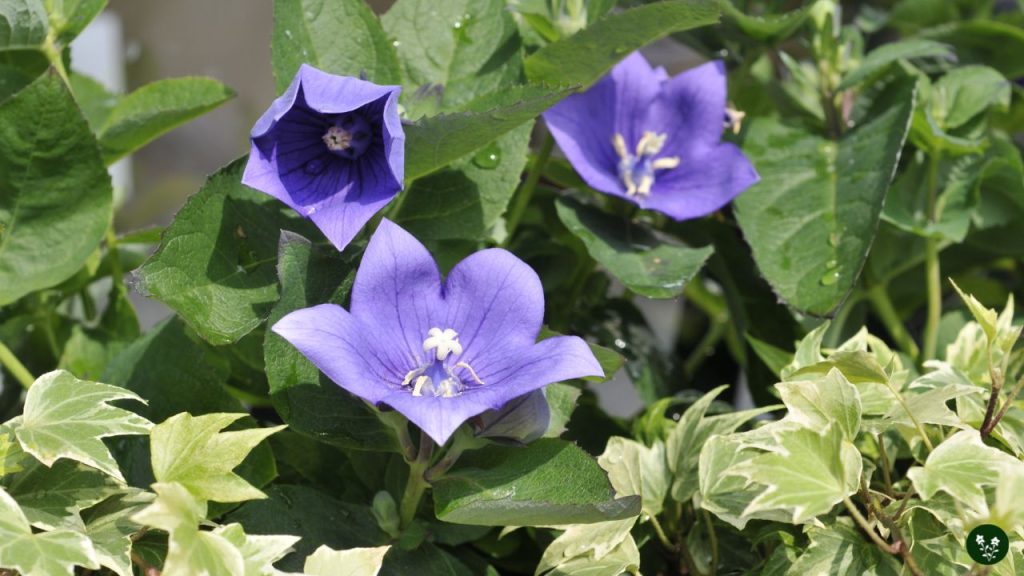
Gardening
The balloon flower is a unique and exciting addition to any garden.
Known for its star-shaped flowers that open from buds resembling balloons, this plant can bring color and visual interest to your landscape.
Balloon flowers make excellent border plants and grow well in rock gardens and containers.
Floral Arrangements
With their eye-catching look, balloon flowers are suitable for inclusion in floral arrangements.
Their unique shape and bright colors make them a striking element in bouquets and centerpieces, especially when combined with other complementary flowers and greenery.
Culinary
Balloon flowers have some culinary uses as well. The roots of this plant can be dried and crushed into a powder for use in salads and other dishes.
Additionally, syrup from the root, doraji-cheong, can be used to make doraji-cha (balloon flower root tea).
The root can even infuse liquor with a distinct flavor, often using distilled soju or other unflavored hard alcohol with an ABV higher than 30% as a base.
Medicinal
In traditional Chinese and Korean medicine, balloon flowers have been used for centuries to treat various ailments.
The plant is believed to have properties that can help suppress coughs, treat sore throats and tonsillitis, alleviate cold and flu symptoms, and aid in asthma treatments.
Additionally, it has been used to treat chest and throat ailments, tuberculosis, diabetes, and inflammation.
While Western science supports some of these uses, consulting with a healthcare professional before using any herbal remedy is essential.
Explore the beauty and symbolism of flowers:
Leave a Reply